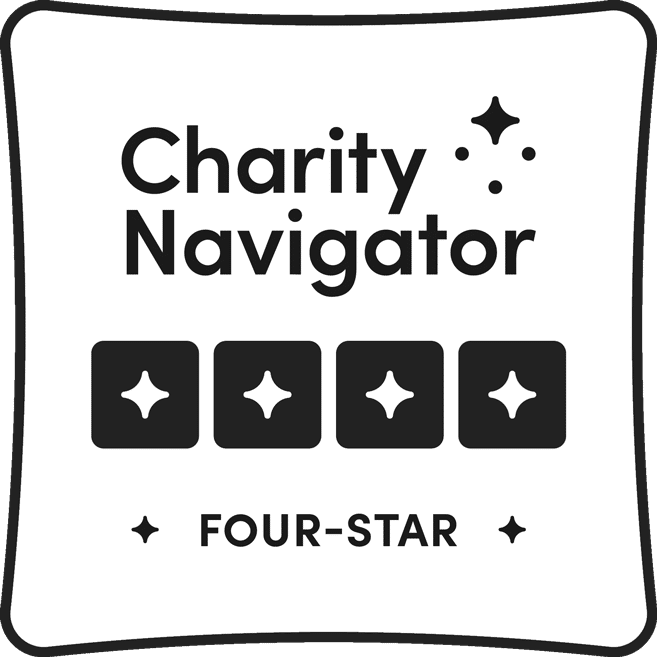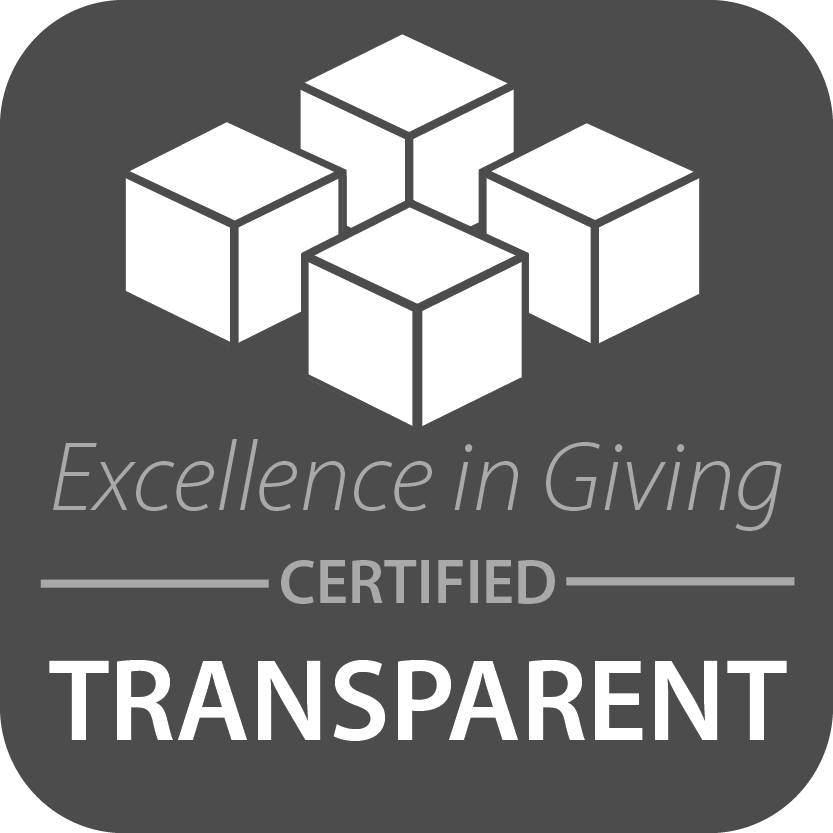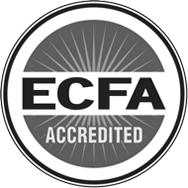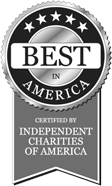Let's get technical...
A holistic approach
Living Water’s programs aim to increase physical, spiritual, and social well-being by increasing access to water, sanitation, and hygiene (WASH), improving WASH practices, helping churches thrive, and building resilient communities.
We’re strategically incorporating our WASH Program Area (WPA) model into our regions. This approach allows us to focus more intentionally on the people and their unique needs. It helps us continuously strive towards the highest quality of work and provides life-changing, sustainable solutions to critical WASH needs.
Through the WPA model, we work in a pre-determined geographical location for 5-7 years, allowing our teams to collect data on all projects and activities. Rooted deeply into select regions, we’re able to form partnerships with local governments, drill deeper and more complex water systems, change hygiene behaviors over long periods, and form stronger relationships with local church leaders to expand God’s kingdom through disciple work.
What are we measuring?
To carry out our mission with excellence requires a robust monitoring & evaluation system that allows us to make better decisions as an organization, be accountable to our stakeholders, ensure effective and efficient use of funds, and assess the level of impact our programs are having.

Assess Baseline
Living Water staff and evaluators examine each new region where a proposed WPA is set to begin. This study evaluates the region’s current access to water, sanitation, and hygiene, and sets goals for the expected results at the end of a WPA.

Monitor Progress
Throughout the time that each WASH Program Area is in operation, Living Water teams continuously monitor the progress of how the programs are running, adjusting when new obstacles arise to ensure we stay on track to meeting endline goals.

Evaluate Results
At the end of each WPA, an external consultant for Living Water examines and documents the numbers and stories achieved and even provides recommendations on how to improve the next WPA to ensure our programs are continuously improving.

Post-Program Learning
We are committed to these high standards by continuing to collect data on all water projects through a mobile data collection platform for a period of 5 years.
Completed WASH Program Areas
42%
72%
Cabaret, Haiti
Highlights
- There was a large increase in the percentage of respondents who were satisfied with their primary water source quality between baseline (42%) and endline (72%).
- By endline, 99% of households had access to a latrine – 77% of communities achieved Open Defecation Free (ODF) status over the course of the program.
Tola, Nicaragua
Highlights
- At baseline, 36% of households used an improved water source.
By endline, two-thirds of households did. - There was a large increase in the percentage of respondents who were satisfied with their primary water source quality between baseline (62%) and endline (94%).
- At endline, 64% of households had access to a handwashing station that showed evidence of recent use, compared to only 34% did at baseline.
36%
67%
35%
64%
Ruhaama, Uganda
Highlights
- At baseline, 35% of households had access to at least basic water (improved source within 30 minutes). At endline, 64% of households had access.
- At endline, 98% of households had a latrine.
- At endline, 91% of respondents believed the church cares about their community.
Chirundu, Zambia
Highlights
- At baseline, 45% of households had access to at least basic water (improved source within 30 minutes). At endline, 74% of households had access.
- Ninety-two percent of households had access to a latrine at endline, compared to 54% at baseline – 80% of communities were achieved ODF status.
- At baseline, 30% of households contributed money to water point operations & maintenance. At endline, 84% contributed – an essential step towards sustainability.
45%
74%
28%
68%
Kisumu, Kenya
Highlights
- 68% of households had access to basic drinking water at endline, compared to 28% at baseline.
- 77% of respondents reported being satisfied with their primary water source’s quality, compared to 38% at baseline.
- 87% of households had a handwashing station that showed evidence of recent use at endline, compared to 47% at baseline.
Nyabushozi, Uganda
Highlights
- At baseline, only 18% of households took less than 30 minutes to fetch water. At endline, 77% did.
- 85% of households had a handwashing facility that showed evidence of recent use at endline, compared to 42% at baseline.
18%
77%
55%
82%
Butere, Kenya
Highlights
- At baseline, 55% of households had access to basic drinking water. At endline, 82% did.
- At baseline, 66% of households had access to a clean latrine. By endline, 93% did.
- 92% of households stored water in safe, covered containers at endline.
Real stories of change.
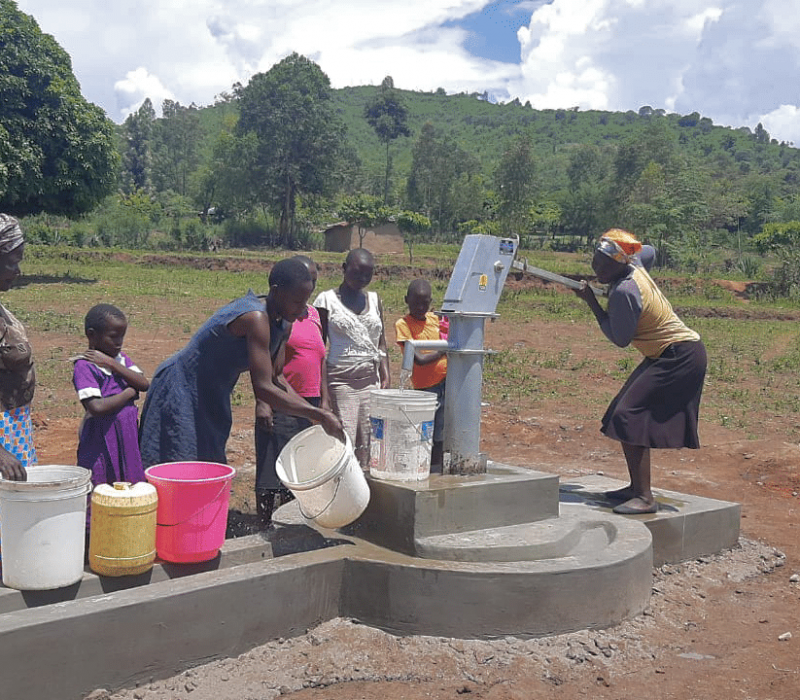
Meet Benta
from Kenya
“Whenever I fetch this water, I think of how favored and blessed I am. I went from walking over 10 kilometers a day to just a few meters to the new water point. If this is not God [at work], then I don’t know what it is…. You just don’t know the relief this new well has given us. We have no more back pain, no more long walks in the dark, no more diarrhea, no more [feelings of] bitterness. We are just happy!”
Meet Francisco
from Mexico
“The new piped water is of better quality and is distributed more evenly throughout the community. There are families who previously did not have access to the service who now have water at their homes.” Hope and health have been restored in San Jacinto Chilateca! The residents no longer have to wonder if they will have enough water for each day or suffer the effects of drinking unsafe water.”
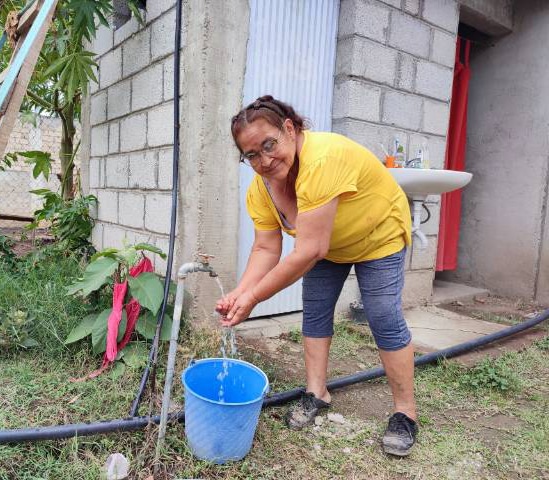
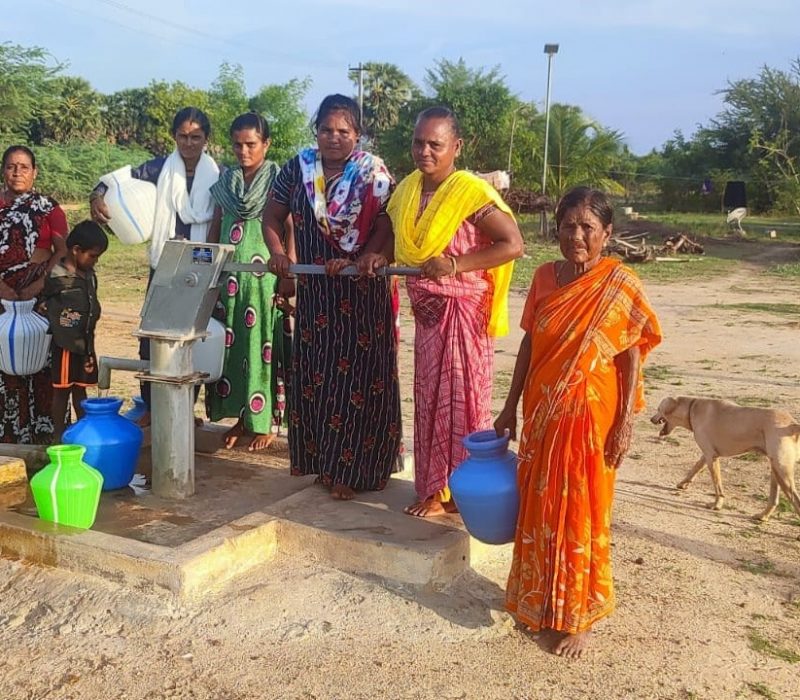
Meet Janaki
from South Asia
“In the past, no one was spared from fetching water, even our children, leading to health issues and limited daily activities. Now, with the hand pump, we’re free from this burden, our health has improved, children have time to play, and our dignity is restored. With water, we can dream of better homes and lives.”


